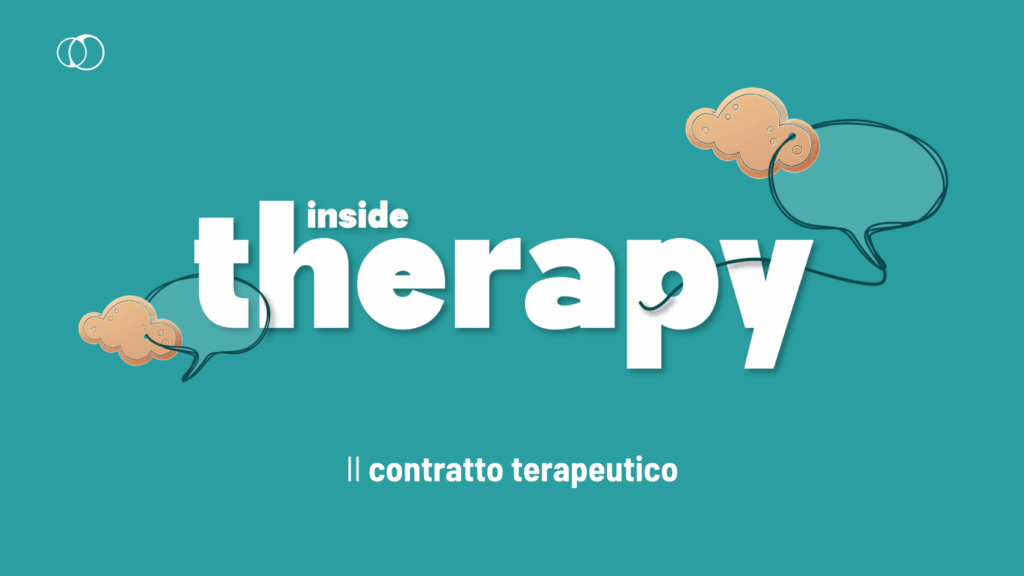
The therapist is not a simple confidant
It is through the therapeutic contract who becomes aware and sanctions that the therapist is not a friend or a confidant but a professional health professional; Thanks to specialist skills, it can help you work on specific objectives through a series of methods and tools of clinical practice.
Il therapeutic contract It is a fundamental step that is defined at the beginning of the path of psychotherapy And that clearly has its own value for the entire duration of the same: we can say that it oriented the patient and the therapist within the boundaries of a relationship that is only therapeutic in which objectives, boundaries and mutual responsibilities are defined.
In this sense, the therapeutic contract It consists of an agreement between the therapist and the patient and defines the boundaries, the rights, duties, responsibilities of both the therapist and the patient. It is an agreement that explicit in different aspects that the patient and the psychotherapist are within a therapeutic relationship, which therefore differs from other types of relationship, such as a friendship relationship.
And psychotherapy is not a simple chat: what are the objectives and how will we try to achieve them?
Not only chatter but … indeed, the therapeutic contract provides that shared objectives and methods of work (Sassaroli et al., 2010) are established: it is the answer to the question relating to what the patient and the therapist expect to obtain from the treatment and through which tools.
In concrete terms, in therapeutic contractin addition to the work objectives that are defined together with the patient, the therapist will be able to explain the psychotherapy approach to which he will refer, mentioning (in an understandable way and with language accessible to the patient) to the general elements, to the theoretical assumptions, the tools and techniques that direct clinical practice.
In addition, many other aspects are discussed, including the frequency and duration of the sessions, the rate and the methods of payment, the rules for cancellation, the indicative duration of the treatment (albeit in some cases this aspect then could be revised during the course psychotherapy). Some contracts also provide for the definition of shared methods for possible use of chat or telephone by defining the boundaries of the therapist’s availability, thus building realistic expectations and shared rules.
The psychologist is strictly required to professional secret as required by the Code of ethics; It is important that these aspects are also explicit (also formally) as part of the therapeutic contract.
But once defined, the therapeutic contract is no longer modifiable?
Although defined in the initial phase, the therapeutic contract It can be resumed, revised and reconndic in some of its parts in the course of work.
Some parts remain unchangeable, such as the rule for which the psychologist is required to confidentially and protect privacy or for which mixes between the professional role and private life as required by the Code of Ethics must be avoided.
Instead, in other parts it can be revised according to the evolutions of the treatment, for example by redefining the objectives and tools or the frequency of the sessions.
In any case, at any time the patient can decide to stop treatment, even with immediate effect. On the other hand, the therapist can temporarily or definitively interrupt the care relationship for necessity and/or serious personal impediment, or when you see that there is no benefit from the intervention nor is it reasonably predictable that they can be continuing to be.
What is the use of? The rules that help and the advantages of a good therapeutic contract
Rules, objectives and methods in psychotherapy They are not only hassles but have an important value.
The absence of the therapeutic contract o o non -well -defined therapeutic contract and not adequately shared between the patient and therapist exposes to the risk of misunderstandings based on discrepant expectations and difficulties in the therapeutic relationship. So a good therapeutic contract It is clearly and explicitly formulated a safe environment for psychotherapeutic work and is one of the strengths of an effective therapeutic process (Sassaroli et al., 2010).
In conclusion, it is worth pointing out that the therapeutic contract It is not a mere formality, but has a protective function: including rules and rules and promoting shared expectations helps the relationship between patient and therapist to be within firm therapeutic boundaries.





